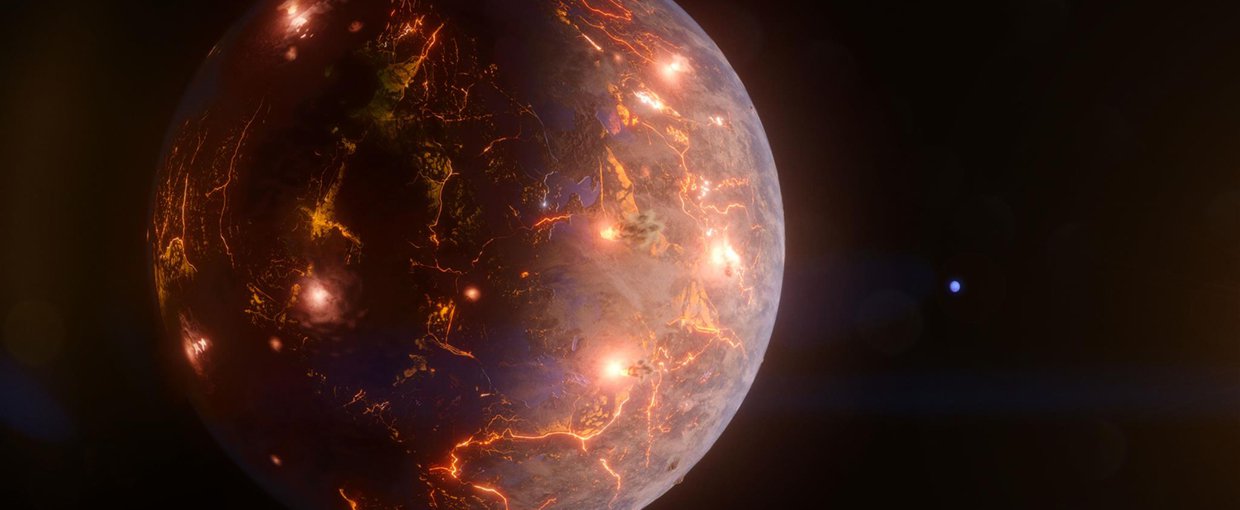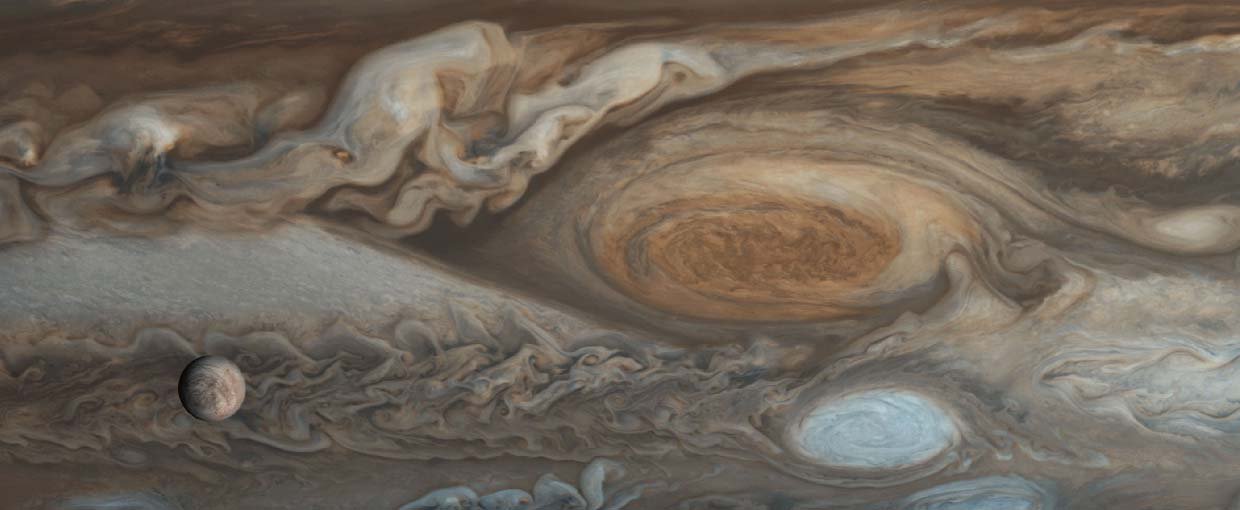Zahnle, K., Freedman, R. S., & Catling, D. C. (2011). Icarus, 212(2), 493–503. doi:10.1016/j.icarus.2010.11.027
G. Lynn, D., Li, X., F. Hernandez, A., A. Grover, M., & Hud, N. V. (2010). Step-Growth Control in Template-Directed Polymerization. HETEROCYCLES, 82(2), 1477. doi:10.3987/com-10-s(e)99
Parker, E. T., Cleaves, H. J., Dworkin, J. P., Glavin, D. P., Callahan, M., Aubrey, A., … Bada, J. L. (2011). Primordial synthesis of amines and amino acids in a 1958 Miller H2S-rich spark discharge experiment. Proceedings of the National Academy of Sciences, 108(14), 5526–5531. doi:10.1073/pnas.1019191108
Rivas, M., Becerra, A., Peretó, J., Bada, J. L., & Lazcano, A. (2011). Metalloproteins and the Pyrite-based Origin of Life: A Critical Assessment. Origins of Life and Evolution of Biospheres, 41(4), 347–356. doi:10.1007/s11084-011-9238-1
Armond, T., Reipurth, B., Bally, J., & Aspin, C. (2011). A&A, 528(None), A125. doi:10.1051/0004-6361/200912671
Boss, A. P. (2011). The Astrophysical Journal, 731(1), 74. doi:10.1088/0004-637x/731/1/74
Bouwman, J., Cuppen, H. M., Steglich, M., Allamandola, L. J., & Linnartz, H. (2011). A&A, 529(None), A46. doi:10.1051/0004-6361/201015762
Brozović, M., Jacobson, R. A., & Sheppard, S. S. (2011). The Astronomical Journal, 141(4), 135. doi:10.1088/0004-6256/141/4/135
Chiar, J. E., Pendleton, Y. J., Allamandola, L. J., Boogert, A. C. A., Ennico, K., Greene, T. P., … Geballe, T. R. (2011). The Astrophysical Journal, 731(1), 9. doi:10.1088/0004-637x/731/1/9
Chiar, J. E., Pendleton, Y. J., Allamandola, L. J., Boogert, A. C. A., Ennico, K., Greene, T. P., … Geballe, T. R. (2011). The Astrophysical Journal, 731(1), 9. doi:10.1088/0004-637x/731/1/9



